Two Vessel Coronary Artery Disease
Two vessel coronary artery disease. Non-obstructive coronary artery disease with arteries that inappropriately constrict or malfunction after branching into tiny vessels or are squeezed by overlying heart muscle. Although it is commonly accepted that hypercholesterolemia is. One of the easiest risk scores which predict survival in CAD is based on the number of diseased vessels.
Two coronary arteries originate from the left side of the heart at the beginning root left ventricle. A blood vessel is inserted grafted between the main artery leaving the heart the aorta and a part of the coronary artery beyond the narrowed or blocked area. These nonrandomized data suggest that overall survival for patients with one- or two-vessel coronary artery disease impaired left ventricular function and severe exercise-induced ischemia may be improved by revascularization but the subsequent cardiac event rates are not.
Spontaneous coronary artery dissection SCAD in which the layers of the artery. It occurs when the hearts tiny blood vessels do not work normally. Multivessel disease is often associated with a higher burden of comorbidities left.
Coronary artery branch-points with no angiographic vessel disease is partly explained by two unusual cases with large n values where thediametersof parent and both branch vessels were nearly equal. Two-vessel disease Coronary heart disease in which two coronary arteries have significant narrowingstenosis. Causes symptoms diagnostic tests and appropriate treatments vary for each type of coronary artery disease.
Coronary microvascular disease is another type of coronary heart disease. FH has been an excellent model of hypercholesterolemia as a powerful risk factor for CAD. The CASS registry has demonstrated that patients with a normal coronary morphology have an estimated 12 year survival rate of 91 in contrast to 74 in patients with 1 vessel disease VD 59 in 2-VD and 50 in 3-VD 1.
Sometimes an artery that supplies blood to the chest wall is used and diverted to one of the heart arteries. With increasing degrees of vessel disease the exponent decreased but the mean diameter of the left main coronary artery and the mean heart weight were. This allows the blood to bypass get around the narrowed sections of coronary arteries.
The highest diagnostic performance of serum TSP-1 level in prediction of coronary artery disease was more pronounced in presence of DM while the least diagnostic performance of serum TSP-1 was detected in absence of DM. Angioplasty Compared to Medicine - Two-Vessel Disease ACME-2 was a multicenter randomized Veterans Affairs-based study that sought to assess outcomes of men with double-vessel coronary artery disease assigned to treatment by percutaneous transluminal coronary angioplasty PTCA or medical therapy compared with previously reported outcomes for men with single-vessel disease.
There are three aortic sinuses dilations in the wall of the aorta just superior to the aortic semilunar valve.
Obstructive coronary artery disease with narrowed or blocked vessels. It occurs when the hearts tiny blood vessels do not work normally. Spontaneous coronary artery dissection SCAD in which the layers of the artery. These nonrandomized data suggest that overall survival for patients with one- or two-vessel coronary artery disease impaired left ventricular function and severe exercise-induced ischemia may be improved by revascularization but the subsequent cardiac event rates are not. Multivessel disease is often associated with a higher burden of comorbidities left. Patients with three vessel disease had the highest serum TSP-1 level 58132 6130 ngml when compared to patients with one or two vessel disease. One of the easiest risk scores which predict survival in CAD is based on the number of diseased vessels. Two coronary arteries originate from the left side of the heart at the beginning root left ventricle. Sometimes an artery that supplies blood to the chest wall is used and diverted to one of the heart arteries.
Patients with three vessel disease had the highest serum TSP-1 level 58132 6130 ngml when compared to patients with one or two vessel disease. Angioplasty Compared to Medicine - Two-Vessel Disease ACME-2 was a multicenter randomized Veterans Affairs-based study that sought to assess outcomes of men with double-vessel coronary artery disease assigned to treatment by percutaneous transluminal coronary angioplasty PTCA or medical therapy compared with previously reported outcomes for men with single-vessel disease. One of the easiest risk scores which predict survival in CAD is based on the number of diseased vessels. Multivessel disease is often associated with a higher burden of comorbidities left. There are three aortic sinuses dilations in the wall of the aorta just superior to the aortic semilunar valve. Symptoms of coronary heart disease may be different from person to person even if they have the same type of coronary heart disease. Heterozygous FH is more prevalent occurring in approximately 1500 whereas homozygous FH is rare occurring in approximately 11000000 2.






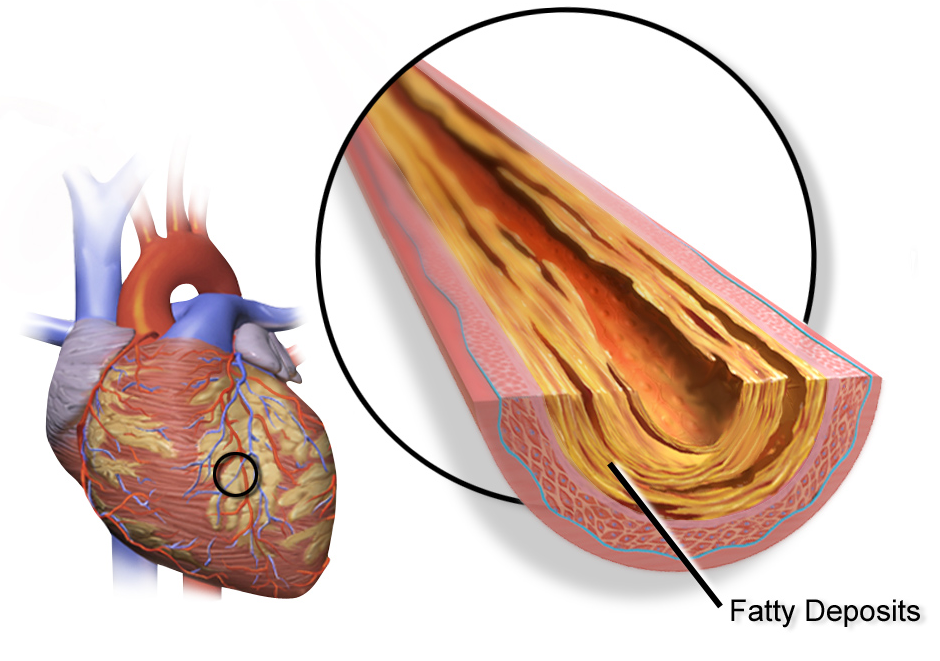




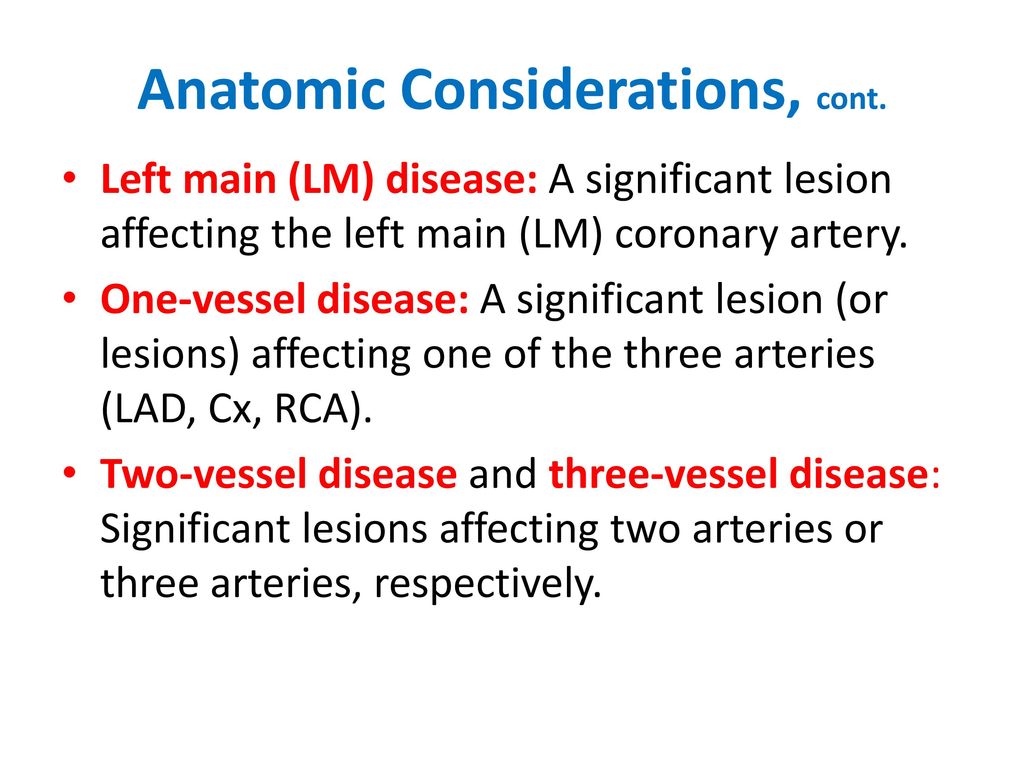
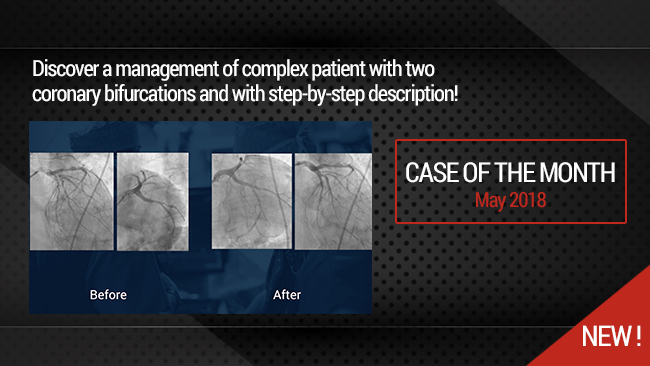
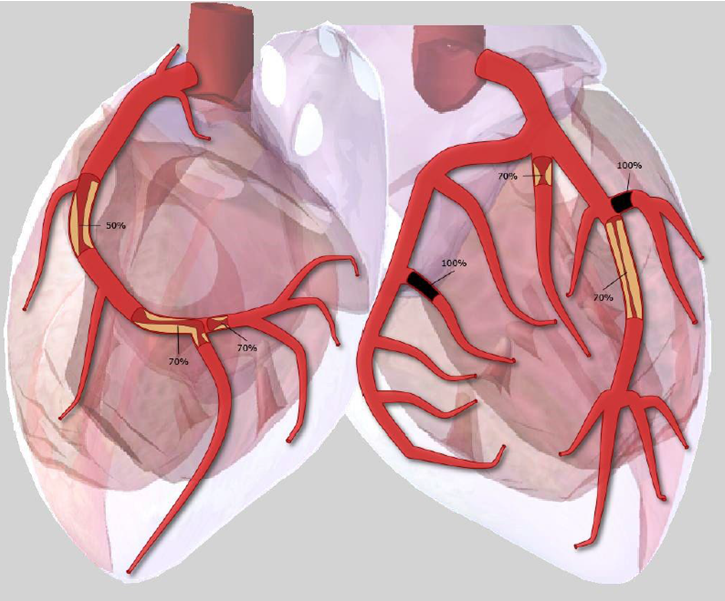





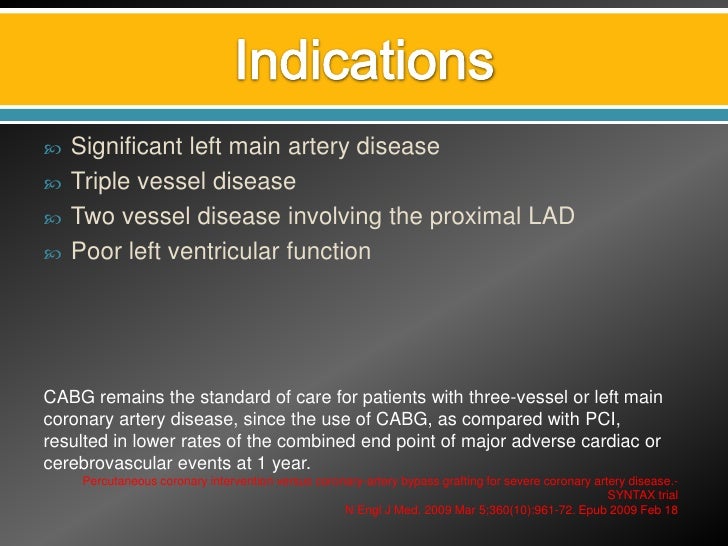



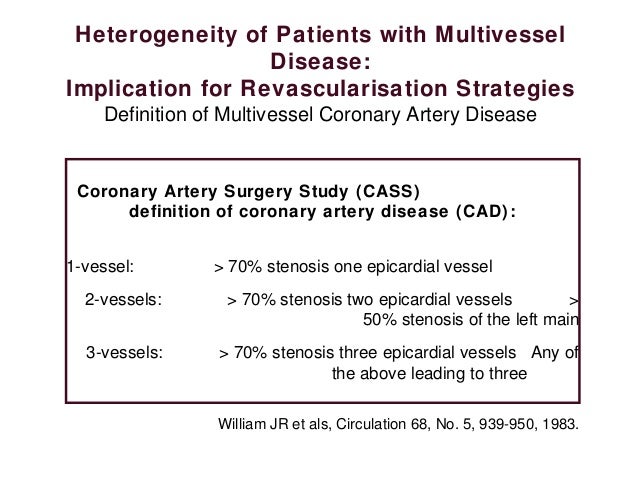
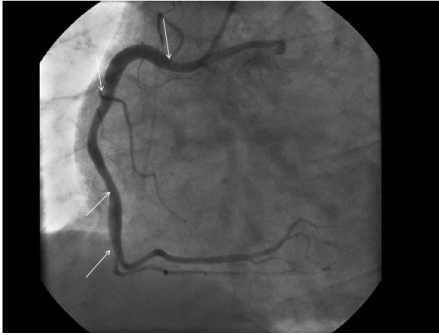




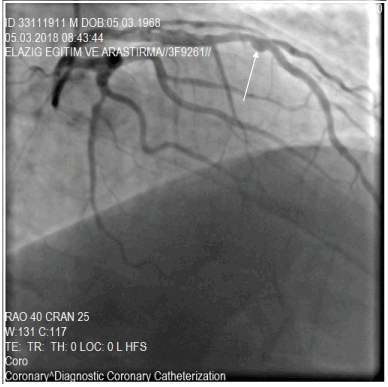
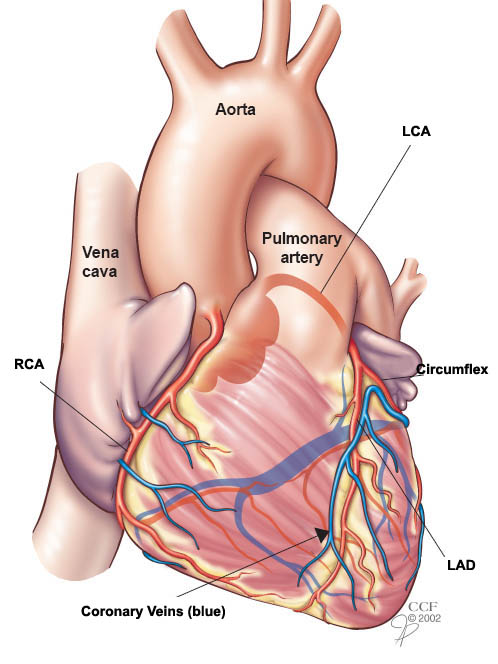










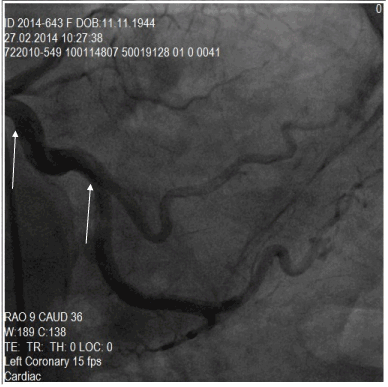


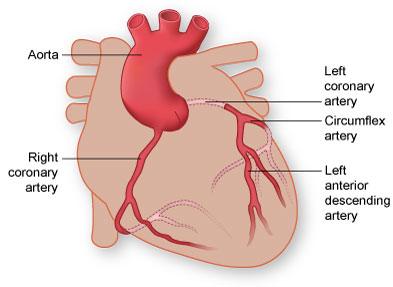

Post a Comment for "Two Vessel Coronary Artery Disease"